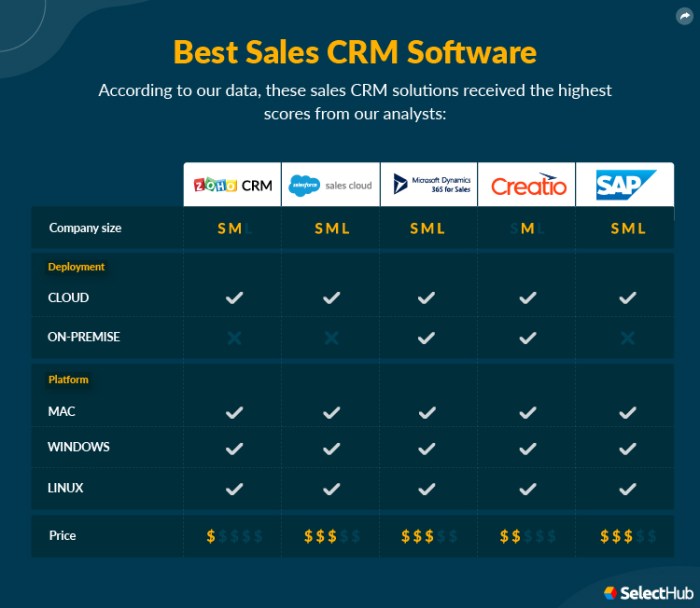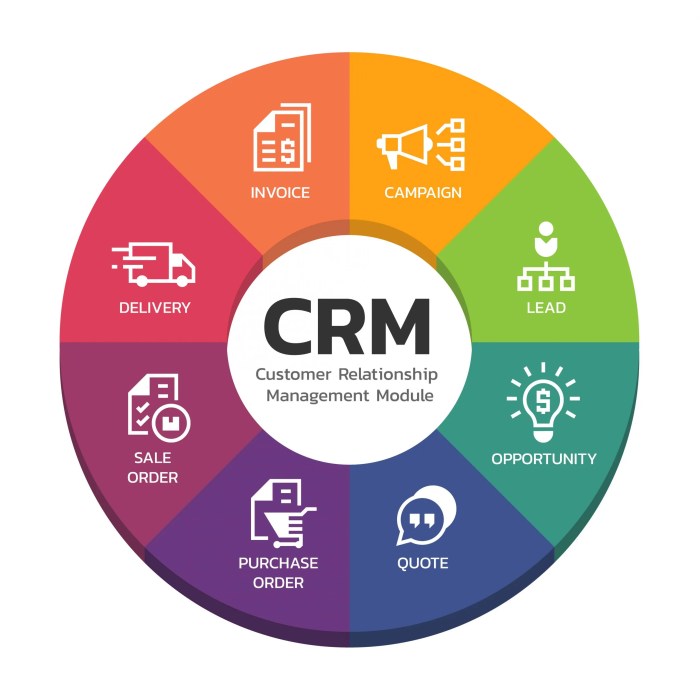Maximizing Telemarketing Efficiency with CRM Integration
Understanding CRM Telemarketing
CRM telemarketing refers to the integration of CRM software and telemarketing activities to streamline sales processes, improve customer interactions, and maximize sales opportunities. By leveraging CRM capabilities such as contact management, lead tracking, and data analysis, businesses can enhance the effectiveness of their telemarketing campaigns and deliver personalized experiences to prospects and customers.
Key Components of CRM Telemarketing Integration
1. Contact Management
One of the fundamental features of CRM telemarketing is robust contact management. CRM systems enable businesses to maintain comprehensive databases of leads, prospects, and customers, complete with detailed contact information, interaction history, and segmentation criteria. This allows telemarketers to access relevant data and tailor their outreach efforts based on individual preferences and behaviors.
2. Lead Tracking and Nurturing
CRM software facilitates lead tracking and nurturing throughout the sales funnel. Telemarketers can track the progress of leads from initial contact to conversion, recording interactions, notes, and follow-up activities along the way. Automated workflows and lead scoring mechanisms help prioritize leads based on their readiness to purchase, ensuring that telemarketers focus their efforts on high-potential prospects.
3. Call Management and Automation
CRM systems offer robust call management and automation capabilities to streamline telemarketing operations. Telemarketers can schedule calls, set reminders, and log call details directly within the CRM platform. Automated dialing features, integrated with CRM, enable agents to make more calls in less time, increasing productivity and optimizing resource allocation.
4. Data Analysis and Reporting
Data analysis is a critical component of CRM telemarketing integration. CRM systems generate comprehensive reports and analytics dashboards that provide insights into call performance, conversion rates, and campaign effectiveness. Telemarketing managers can leverage these insights to identify trends, refine strategies, and allocate resources more effectively for future campaigns.
5. Personalization and Customer Engagement
CRM telemarketing enables businesses to deliver personalized and relevant experiences to prospects and customers. By leveraging CRM data, telemarketers can tailor their messaging, offers, and recommendations based on individual preferences, purchase history, and previous interactions. This personalized approach enhances customer engagement and increases the likelihood of conversion.
Benefits of CRM Telemarketing Integration
The integration of CRM and telemarketing offers a wide range of benefits for businesses:
- Improved Efficiency: Streamlined processes, automation, and centralized data management enhance telemarketing efficiency, allowing agents to focus on high-value activities.
- Enhanced Customer Insights: Access to comprehensive customer data enables telemarketers to understand customer preferences, anticipate needs, and deliver personalized experiences.
- Increased Productivity: Automation of repetitive tasks, such as call scheduling and follow-ups, increases telemarketer productivity and reduces manual workload.
- Better Lead Management: CRM systems provide tools for lead tracking, scoring, and nurturing, enabling businesses to effectively manage leads throughout the sales funnel.
- Optimized Campaign Performance: Data analytics and reporting capabilities help businesses track campaign performance, identify areas for improvement, and optimize strategies for better results.
Best Practices for CRM Telemarketing Integration
Successful CRM telemarketing integration requires careful planning, strategic execution, and ongoing optimization. Here are some best practices to maximize effectiveness:
- Define Clear Objectives: Clearly define your telemarketing objectives, target audience, and key performance indicators (KPIs) to align strategies with business goals.
- Segment Your Audience: Use CRM data to segment your audience based on demographics, behavior, and buying preferences, allowing for more targeted and personalized outreach.
- Train and Empower Agents: Provide comprehensive training and resources to telemarketing agents on CRM usage, best practices, and compliance guidelines.
- Monitor and Analyze Performance: Regularly monitor telemarketing performance metrics, analyze campaign results, and gather feedback to identify areas for improvement.
- Continuously Optimize Strategies: Leverage insights from data analysis to refine telemarketing strategies, adjust messaging, and optimize campaign workflows for better outcomes.
Conclusion
In conclusion, CRM telemarketing integration represents a powerful strategy for businesses to enhance sales effectiveness, improve customer engagement, and drive revenue growth. By combining the capabilities of CRM software with telemarketing practices, organizations can streamline operations, personalize customer interactions, and achieve better results in their sales efforts.
As businesses continue to prioritize customer-centric approaches and embrace digital transformation, CRM telemarketing integration emerges as a strategic imperative for staying competitive and meeting evolving customer expectations. By leveraging the synergy between CRM and telemarketing, businesses can unlock new opportunities, strengthen relationships, and thrive in today’s dynamic marketplace.
- 🔍affordable CRM for small business
- 🔍scalable CRM for startups
- 🔍best CRM software for enterprises
- 🔍CRM software with analytics
- 🔍enterprise CRM software demo
- 🔍B2B CRM platform reviews


